(2529 products available)

























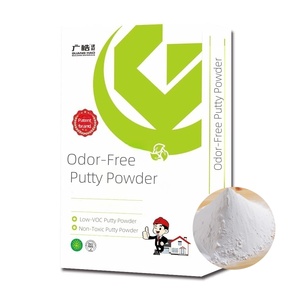










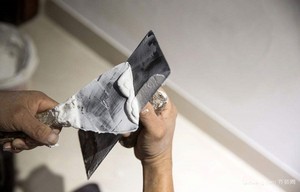
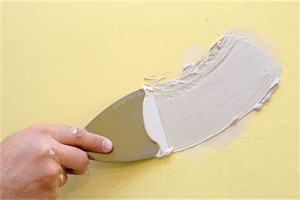






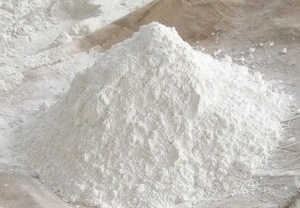
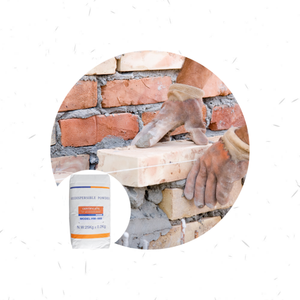





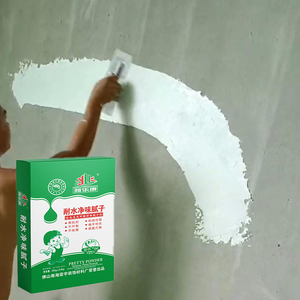

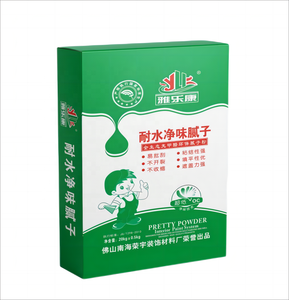




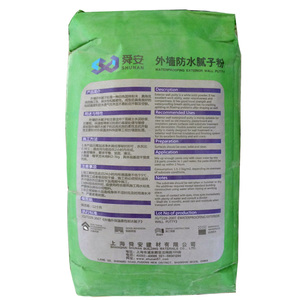
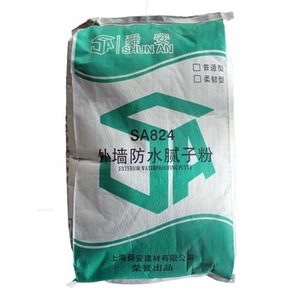





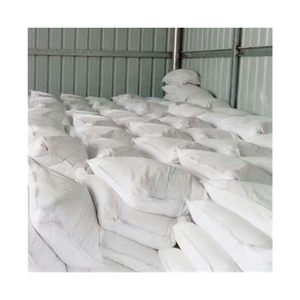























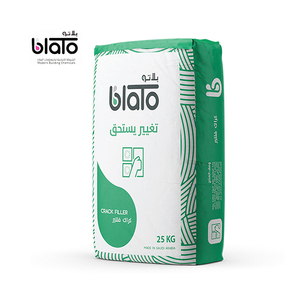
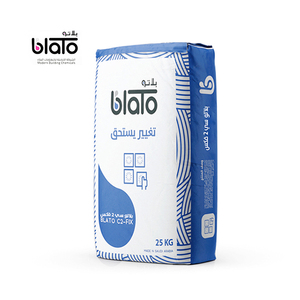











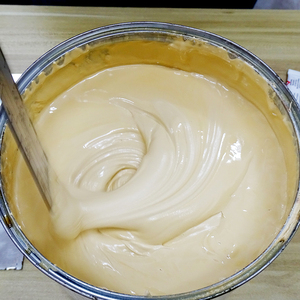

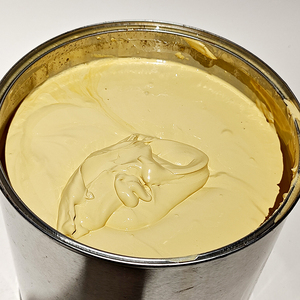










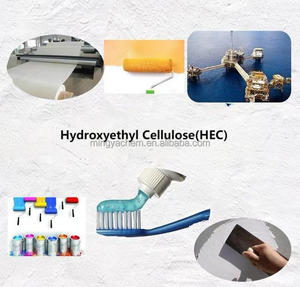


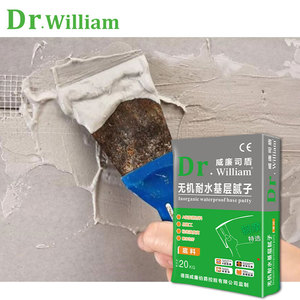




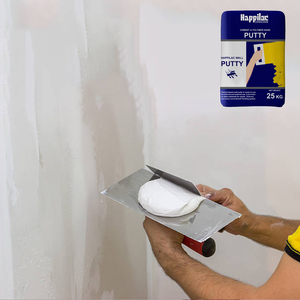





















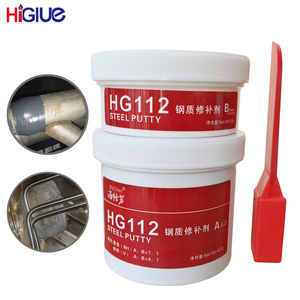



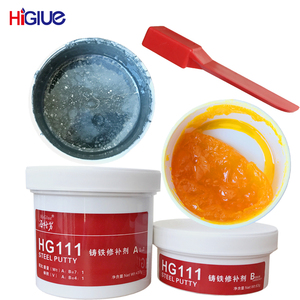









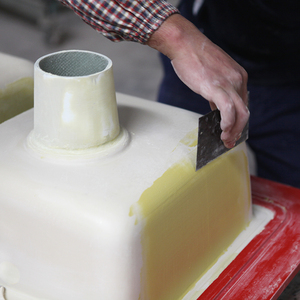












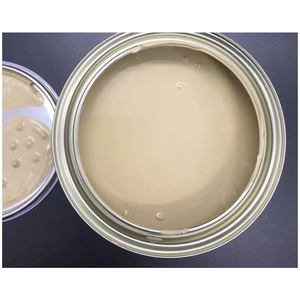


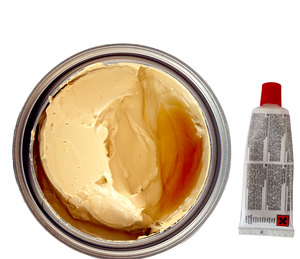











Rendering putty is a kind of smooth finish material that is used in house interiors and exteriors. A very fine type of putty is used for the rendering process. It consists of a mixture of cement and sands having very small particle sizes that make them smooth enough to create a pleasant rendering feel on walls. The rendering putty types are defined by the base they are made of, either cement, acrylic, or polymer.
Cement-based rendering putty is a commonly used material in construction. It is the most popular because it is easy to make and use. Cement-based putty is best to use on plastered walls. When it's applied on plastered walls, it creates a smooth and durable surface. Cement-based rendering putty is usually weather resistant. This makes it suitable to be used on external walls.
Acrylic rendering putty contains an acrylic polymer. This makes it very versatile and easy to use. It is a bit less durable than cement-based putty. But it is better than cement-based putty in flexibility and crack resistance. Acrylic putty also comes in a variety of textures and finishes. It can be used on many surfaces like concrete, brick, or rendered masonry.
Polymer-modified rendering putty is derived from cement-based putty with the incorporation of water-retaining polymers to increase adhesion, flexibility, and durability. It is usually used in high humidity areas such as bathrooms and pools where extra crack resistance is required. Polymer-modified putty also works well in external renders. It helps provide a more resilient surface especially in climates with harsh conditions.
The construction and building finishing industry is broadly categorized into different industries by types. Rendering putty is one of the popular wall finish products used in the building finishing industry. The main putty materials are gypsum-based, cement-based, and acrylic-based. These materials provide different textures and appearances, affecting the final outlook of the buildings.
The global market for rendering putty has increased greatly over the years. This is due to the growing demand for residential as well as commercial buildings. Rendering putty plays an important role in enhancing the outlook and durability of wall surfaces. The increasing construction activities and trends in home remodelling have raised the need for rendering putty. This has resulted in the significant growth of the rendering putty industry.
The rendering putty market also rides on technological improvements as manufacturers develop better putty materials to be more affordable, easier to apply, and environmentally safer. Some manufacturers also develop moisture-resistant and anti-fungal putty that adds value to rendering putty. The rendering putty market is coming up with low-VOC and eco-friendly formulations to address the rising environmental concerns about building materials. The rendering putty market's target customers include distributors, wholesalers, construction companies, and contractors who work on residential and commercial projects.
Certain factors should be considered when selecting rendering putty for a construction project. These factors affect the performance and durability of rendering putty, such as the kind of surface it will be applied to and the kind of climate it will reside.
The surface to be rendered is also another determining factor in choosing rendering putty. Cement-based putties are the most suitable for concrete, brick, or stone surfaces. They create a solid bond with these substrates. Acrylic putties, on the other hand, work well on a variety of already painted surfaces. They offer better flexibility and better adhesion to smooth surfaces than cement-based putties.
The local climate also plays a role in deciding which rendering putty to use. Humid areas require putty modified with polymers because they are resistant to cracking and provide more flexibility. Hot and dry climates require dustproof putty because the environmental conditions will dry the cement-based putty very fast on the surface.
The required finish and texture must be considered too. Glossy finishes are better applied using acrylic putties, while cement-based putties are best for textured and matte finishes. Putty with low VOCs should also be considered when working in enclosed areas since they produce less odour and are safer for the environment.
Lastly, the durability and quality of rendering putty should be considered. Rendering putties with high-quality cement and good workability ensure the durability and quality of rendering putty. Only putties that are weather-resistant, especially in areas prone to rains, should be used.
The specification and maintenance of rendering putty are described according to the type. Rendering putty types are either cement-based, acrylic-based, or polymer-modified. Each comes with its own set of application requirements and maintenance needs.
Cement-based rendering putty typically consists of fine cement, sand, and water as the main application ingredients. The maintenance of cement-based putty requires periodic washing with a mild detergent and water to remove any accumulated dust or dirt. Cement putty is very durable and can last for many years without requiring maintenance. In addition, cement-based putty is very weather-resistant. However, over time, it may develop cracks depending on the weather conditions. If cracks are noticed, the surface should be checked. If there are signs of extreme damage, then a re-coat of putty should be done.
Acrylic rendering putty consists of finely graded fillers, pigment, and acrylic resin. It is more workable compared to cement-based putty. Acrylic putty is generally less maintenance. It doesn't require re-painting or touch-ups. It is recommended to wash the surface with a mild detergent occasionally to keep it clean. Unlike cement-based putty that needs crack repairs from time to time, acrylic putty generally remains flexible over time. It makes it less prone to cracking and eliminates the need for crack repairs. However, the durability of the surface can be affected if exposed to harsh chemicals. This may cause the surface to weaken.
Polymer-modified rendering putty consists of a batch of thin, already mixed, polymer-modified powders that are placed in the mortar and then mixed with water. It typically requires low maintenance to prolong its durability. The surface should occasionally be washed with water and a mild detergent. Exposure to high UV levels can reduce putty durability. Hence, applying a protective sealant is recommended.
Rendering putty is widely applied in both residential and commercial projects. It is used for smoothing and finishing interior and exterior walls. Rendering putty can also be used for ceiling work. This makes it an essential material in the construction and building maintenance industry.
The primary application of rendering putty is to create a smooth, even surface on walls. This improves the aesthetic value of spaces. Cement-based putty is usually employed for exterior work, while acrylic putty is used for interior finishing work. Rendering putty also finds applications in commercial and industrial settings where the need for a professional-looking finish is crucial for creating good working environments. It also creates a surface compatible with commercial-grade wall coverings.
In residential applications, rendering putty is used to provide an appealing finish to living spaces, including bedrooms, living rooms, kitchens, and bathrooms. Acrylic putty is used for interior wall finishes in all these areas. It gives a glossy finish that is smooth to touch. Cement-based putty is used to finish facades and garden walls. It improves the durability of the putty and provides better weather resistance.
Rendering putty can also be used in new construction projects as well as in refurbishment and renovation works. For new construction, it is used to provide the finishing touches that give the building its final outlook. In renovation works, rendering putty is used to repair and cover outdated surfaces. It makes them look new again. Rendering putty also holds a feature of filling in minor cracks and imperfections in the existing walls. This makes the surface look even and sleek before painting or wallpaper installation.
A1: Rendering putty types last differently depending on the materials they are made of and the environmental conditions. Acrylic rendering putty is designed to last at least 10 years under normal conditions. This makes it ideal for indoor use. Cement-based rendering putty can also last between 10 to 20 years.
A2: An acrylic-based rendering putty can be applied over old paint. It bonds well to previously painted surfaces and provides a smooth finish over them. Cement-based rendering putty can also be applied over painted surfaces. But it is better to apply it on porous and untreated substrates for better adhesion.
A3: Acrylic rendering putty provides a degree of waterproofing. This makes it suitable for indoor humid areas such as kitchens and bathrooms. Cement-based rendering putty is moderately water-resistant. However, it is not completely waterproof. Polymer-modified renders are required for a better water-resistant putty.
A4: Polymer-modified rendering putties provide better flexibility. This property enables them to avoid cracks better than other putties. Cement-based putty can also resist cracks. However, it totally depends on environmental conditions.